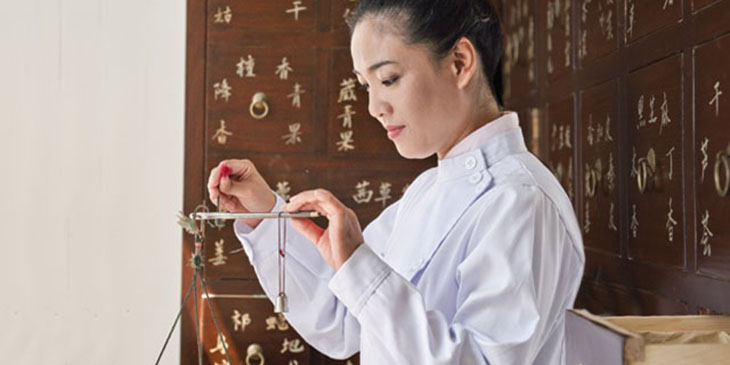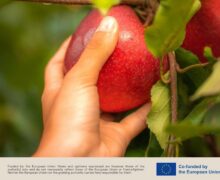Develop of health and wellness tourism in China

Often perceived as a heritage and culture destination, China has much to offer in health and wellness tourism, with niche and speciality offerings in these segments quickly on the rise among foreign visitors keen to seek out novel and enriching experiences.
Exo Travel China’s product manager Seaver Qin has observed an uptick in client requests for novel and unique experiences, among them wellness and health tours. He explained: “(Foreign) markets are now aware that there are other types of Chinese martial arts like yongchun, tai chi, qigong, etc. So far, traditional Chinese medicine (TCM) and tai chi yield a lot of queries and bookings.
“We arrange visits to TCM clinics for (travellers to acquire) basic knowledge like massage and acupuncture, plus guided tours by a specialist. Meanwhile, tai chi or qigong classes can be arranged at venues like Temple of Heaven and local parks,” shared Qin on the various ways the DMC crafts and incorporates wellness packages for its clients.
Likewise, Pacific World Shanghai, destination manager, Violet Wang, also noted a rise in supply, as well as demand, for wellness tourism in China. Chinese health and wellness themed destinations such as Hangzhou, Moganshan, Anji and Water Villages are often proposed as pre/post-tour extensions to the DMC’s high-end incentive and corporate events.
The growing attention paid to the emerging wellness segment was evident at the most recent China International Travel Mart (CITM) in Shanghai last November, where a dedicated zone was erected for Chinese wellness operators and suppliers keen to attract more overseas business.
Among the participating operators at CITM’s wellness zone was Sheenjoy Health Care and Tourism Group. The 23-year-old Chinese group has cast its sights on expanding beyond the domestic silver market to reach out to the international markets, while it aims to grow its existing 30 bases to 200 in the country within the next five years.
Its headquarters channel manager, Wang Kaikai told TTG Asia that its Kunming base is already drawing a considerable number of Russians keen to learn about TCM. He said: “It is typical to see Russians spend an average of two weeks (in China)… Aged around 50-70, our target groups are the mid to high-end clientele.”
Meanwhile, Chinese hospitality player Sunriver has established a foothold in Mount Qiyun – regarded as the Four Sacred Mountains of Taoism in China – in Anhui province since 2012 by building holistic wellness facilities including a 290-room resort, cultural town, teahouse and more recently treehouses of 32 rooms within the mountain area.
According to manager Sha Teng-hai, health-related activities like seasonal tea-picking tours and tea appreciation are popular among foreigners, who mostly hail from South Korea and Taiwan and stay an average of three days.
He said: “We also hope to tap more Asian countries like Japan given the improved infrastructure like high-speed rail launched in 2015. The train has shortened the six-hour journey from Huangshan Airport to only 1.5 hours, making (Mount Qiyun) more attractive. There is also domestic demand from neighbouring provinces like Fujian as domestic health tourism is also a popular trend.”
A spokesperson at Hong Kong-based Hong Thai Travel described that China has no lack of wellness products, ranging from hot spring tours in Guangdong or taiqi/kungfu tours in signature locations like Chengdu’s Mount Qingcheng, but it’s typically study and incentive groups which are more receptive to the wellness/health theme than general group tours.
Another challenge, the spokesperson pointed out, is the association of China as a wellness destination for older travellers 50 and above, whereas the younger generation are more likely to flock to South-east Asia for wellness experiences.
Other impediments to this segment’s growth lie in the lack of quality offerings and manpower, Pacific World’s Wang remarked. “When pushing this (wellness) theme, we found a limited high-quality product supply in China so far, and sometimes there is a lack of bilingual instructors in health and wellness programmes,” she said.
To overcome the interpretation issue, Pacific World hires Chinese-speaking local instructors on top of additional translators. “This situation is getting better with time, especially with increasing numbers of bilingual professionals,” said Wang.
source: TTG Asia




